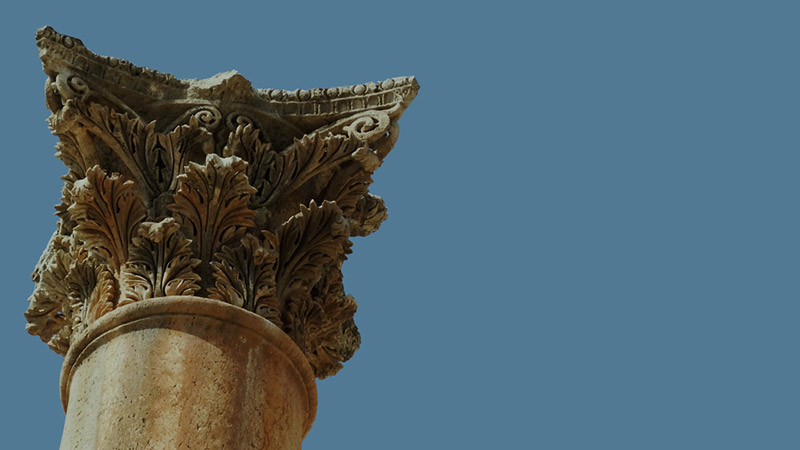Updating...
Showing 12 of 201

ShephelahThe Hebrew Bible mentions the Shephelah several times. This word, meaning "low," is usually translated "lowlands" or "foothills." The term refers to a 12- to 15-mile-wide region in Judea. Though the Israelite...
MORE
Sons of LightIn Jesus' time, there were four major religious groups (or "philosophies," as Josephus, the Jewish historian of the time, called them). They were the Zealots, the Sadducees, the Pharisees, and the Essenes. It is impossible t...
MORE
GezerTravel to Gezer, and learn what it means to stand at the Crossroads.Gezer is one of the greatest tels in Israel. To stand on this magnificent tel is to stand on a part of history that existed as many as 3,000 years before our Messiah walked t...
MORE
Adult Bedouin males usually delegated the care of flocks to young boys and girls. This responsibility was learned early in childhood. The possibility that young boys and girls were in the fields tending flocks forms a startling' contrast to the t...
MORE
Shepherding was a way of life for biblical people. Abraham, the father of the Jews, was a shepherd, as was Moses, the great lawgiver (Ex. 3:1), and David, the king who established Israel's national identity (1 Sam. 17:28).As the land was settled, ...
MORE
This photograph is taken from Mount Arbel on the western shore of the Sea of Galilee near Tiberias. The hilltop where Susita (Hippos) was located is clearly visible on the eastern shore. Towering over the Sea of Galilee, Susita is connected to the...
MORE
There are many theories about the origin of a gathering place called "synagogue." The Greek word for synagogue means "assembly" and is used in place of the Hebrew word meaning "congregation" or "community of Isra...
MORE
This spectacular mosaic floor from a synagogue built in the second or third century was found at the oasis of En Gedi along the Dead Sea. The synagogue hall shown here is 45 feet long and about 30 feet wide. It follows the synagogue style found in...
MORE
The remains of this synagogue, one of the oldest found in Israel, are outlined in this photograph. It apparently functioned as a community center because no specifically religious artifacts were found in it. However, the mikveh (ritual bath) uncov...
MORE
Korazin was one of the cities where "most of his miracles had been performed" (Matt. 11:20). Typical of Galilean towns of the time, the synagogue occupied a prominent place on an elevated platform in the center of town, symbolizing the i...
MORE
Both boys and girls attended school in Galilee. But only gifted boys continued their education beyond the age of 15, as girls were married by that age. Students probably attended school in the synagogue and were taught by the hazzan or a local Tor...
MORE
Sabbath WorshipWhile the synagogue building functioned as a community center, school, and court during the week, it became the meeting place for prayer on the Sabbath. When the first three stars could be seen on Friday evening, the hazzan blew the...
MORE